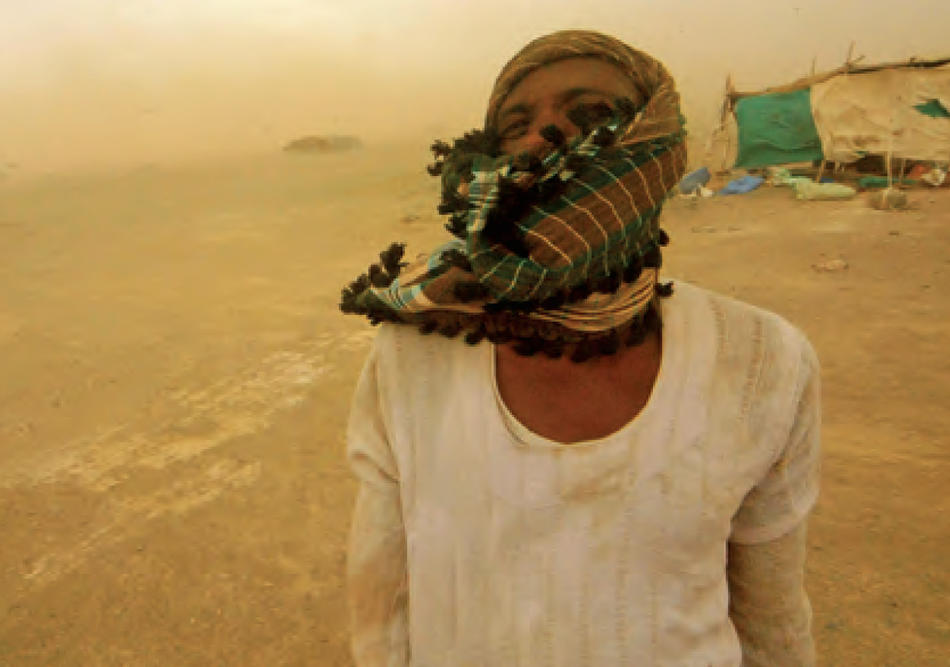Among the hardships wrought by the dry season in sub-Saharan Africa, which lasts from November to May, are outbreaks of bacterial meningitis. In a bad year, this disease, which attacks the thin lining of the brain and spinal cord, can affect tens of thousands of people in a semiarid section of Africa that covers large parts of Sudan, Chad, Niger, Nigeria, and Mali.
Until now, scientists weren’t sure why the disease is seasonal. Columbia climate scientists led by Carlos Pérez García-Pando say they’ve found an answer. By studying twenty years’ worth of climate data and health records in Niger, they have concluded that a good predictor of meningitis rates is the amount of dust kicked up by winds.
The scientists suspect that people who breathe in lots of dust are vulnerable to meningitis because they have tiny abrasions in their throats. They say that African officials ought to adjust where they distribute vaccines each year, based partly on wind conditions, so that they can respond faster to outbreaks.



